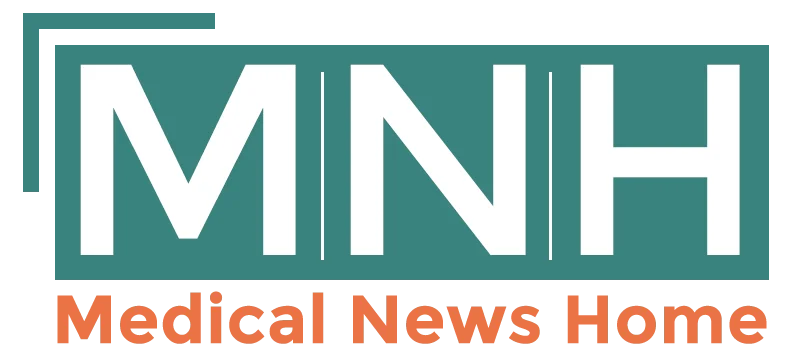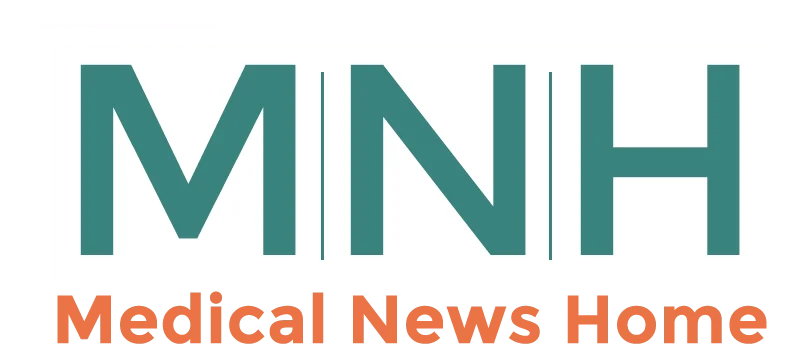Electronic Health Record and Value – Based Care
- Updated on: May 7, 2025
- Published on Feb 3, 2020

The value-based care is a movement that has been used much in incentive-based programs, which depends on accurate and timely data. Data to be actionable under value-based care is essential for healthcare organizations to survive and succeed in the world of reporting and reimbursement. Digital health includes variety of options for collection of data, including wearable technology and electronic medical records.
Benefits of these technologies depend on how we make the data actionable. Information collected through such innovations improves quality of healthcare for population health and makes healthcare more efficient and value-based.
The quality care and cost depend on the ability to act on collected data, primary care physicians anticipate that their income will originate in advanced value-based care models such as population-based payment model or an accountable care organization (ACO).
Steps to Make Data Actionable:
- Find the data: The first step is to use the available data from EMR and EHR to locate source of critical healthcare data.
- Capture the data: EMR makes collection of data automatic virtually; there is still scope of extracting information manually, particularly if a doctor continues to use paper recording system for patients note.
- Standardization of data: Items should have same format, it should be consistent and useful. Use single spreadsheet with uniformity to avoid ambiguity. Normalizing the data ensures that all data is used in same way and that it is accurate and reliable.
- Consolidation of data: Accumulation of data enables providers to analyze the overall impact of patient pool. Compilation and analysis of data allows the opportunity to identify individual patients who affect the whole group.
- Reporting of data: Value base care incentive system requires regular and accurate reporting. This is one the most integral part and improves the quality improvement as other third – party payers follow CMS’s lead.
- Understanding of impact: Use the data to understand what was effective in terms of healthcare delivery and efficient operations. Analysis of data helps the provider and organization to achieve their goal and overcome the barriers for the same.
- Data usage: Making data actionable is very important so that it could be used to improve processes and outcomes including financial results and patient experience. Data should be secure, HIPPA-compliant and managed actively.
How Does EMR Support in Value-Based Care?
With the transition from fee-for-service payment models to value-based reimbursement continues, implementation of EHR and EMR becomes a rule rather than being optional. This innovation has proved to be a positive and promising step in healthcare industry that recognizes and awards value instead of volume and take family and patients as a team in decision making. In comparison to traditional method of recording health data, EMR is considered to be more efficient and has reduced the chances of medical errors. Therefore big data helps healthcare industry to align with CMS value-based payment timeline. EMR brings automation which saves the clinical time and keeps the cost down in the industry; it also has improved the quality and measures.
Since, healthcare industry is moving towards value-based care, everyone is learning how to make models come into practice. In order to do so industry and providers are expected to innovate rapidly. EMR built on cloud provides the ability to scale up or down without incremental investment or administrative overhead. There are various ways via which EMR supports value-based care, some of them are mentioned below:
- Access to Patient Information
As per the National Academy of Healthcare, value-based care has 7 key feature – Safe, Timely, Efficient, Effective, Equitable, Patient-centric; acronym together as STEEP. One of the basic reasons of EMR creating value-based care is that it makes complete accurate patient information more accessible. Equipping providers with complete patient’s medical history is necessary to ensure that nothing got missed. When HCPs has complete information, it improves patient safety and promotes value-based care. - Facilitation of Preventive Care
the major goal of value-based care is to increase focus on prevention based services such is diagnostic screening and immunizations. Value-based care offers payments and incentives based on structured, proactive and preventive care. EMR promoted prevention-based care by notifications and alerts for preventing screening and preventive care. EMR can remind patients as well as providers about the due dates of preventive care. With help of EMR, prevention-based care decreases the cost by lowering patient’s need for future medical services such as, hospitalization, lab testing, imaging, ER, thus supporting another central tenet of value-based care and efficiency. - Increase in Communication Among Practitioners and Care Team
value-based care supports care that is highly coordinated and is high in quality. Medical care is referred as primary, specialty and acute care integrated together. This allows healthcare professions to coordinate with extended care team and thus deliver the best coordinated care. Physicians or organizations that have participated in MIPS (Merit-based Incentive Payment System) required reporting the care coordination. This data provides the calculation of providers annual MIPS score, which is then used for payment adjustments for reimbursements. EMR, is a valuable tool for coordination of patient care by allowing doctors to share patien’s data and medical history across team. This helps in reduction of redundancies in care, prevents duplicate test, medication, and other unnecessary costs. - Contribution in Improved Patient Outcome
With access to the patient’s data and information about medical condition and history, EMR improves the ability of disease diagnosis and management of chronic diseases. The main reason for increased patient outcome in value-based care along with EMR is that it provides a broader view of patient’s conditions with flow sheets which allows better decision making.


